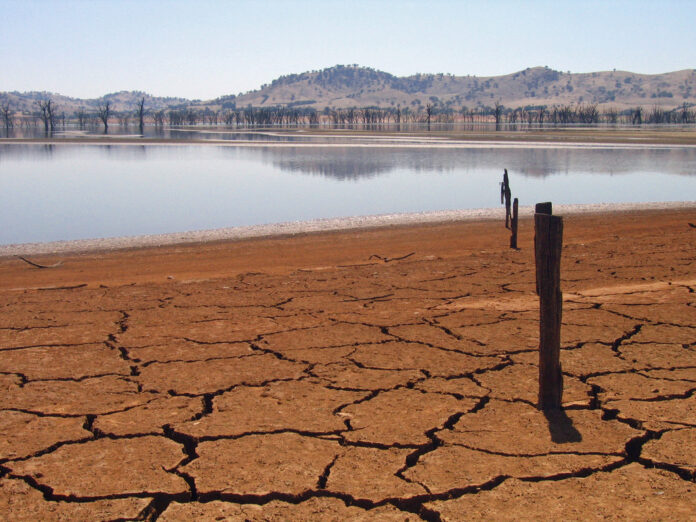The article discusses the phenomenon of climate change, emphasizing its escalation since the Industrial Revolution due to human activities, particularly the burning of fossil fuels. It highlights how these actions have significantly increased carbon emissions and greenhouse gases, primarily carbon dioxide and methane. The article also identifies key sources of these emissions, and underscores the urgent need for effective strategies to mitigate their impact on the environment.
According to the definition put forth by the United Nations, climate change refers to the shifts over time in both temperatures and weather patterns. For a long time, these changes have occurred naturally through natural disasters (e.g. volcanic eruptions, heatwaves, etc.) however since the 1800s and the start of the Industrial Revolution, changes in the climate have increased in intensity due to human activity. This is mainly due to the burning of fossil fuels (coal, gas, oil) which release tonnes of carbon emissions and greenhouse gases into the atmosphere, trapping the sun’s heat and consequently contributing to the phenomenon dubbed global warming.
The primary greenhouse gases driving climate change include carbon dioxide and methane. These gases are emitted from activities like burning gasoline for cars or coal for heating buildings. Additionally, deforestation and land clearing release significant amounts of carbon dioxide. Major sources of methane emissions include agriculture, as well as oil and gas operations. Key sectors contributing to greenhouse gas emissions are energy, industry, transportation, buildings, agriculture, and land use.
Credits: Rohail Qureshi, KEDISA




